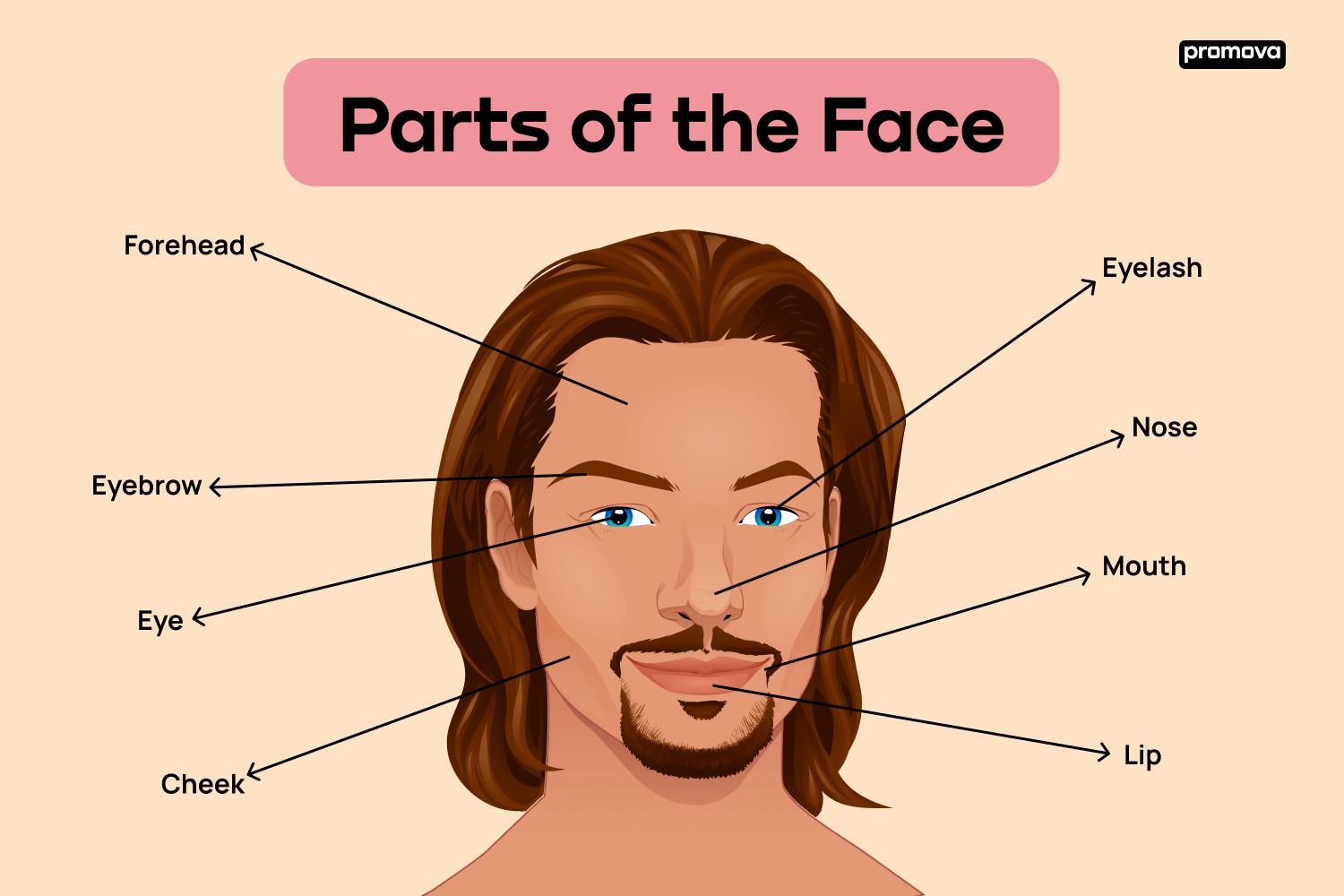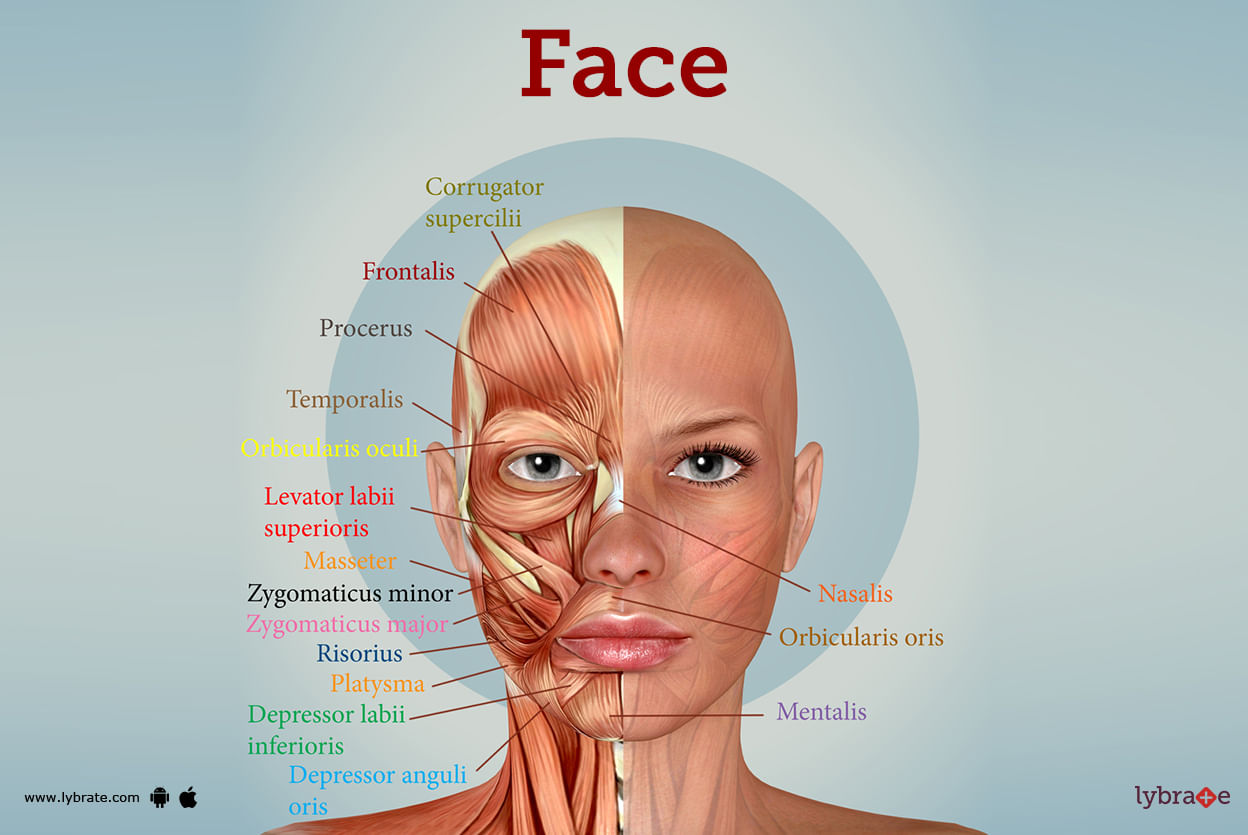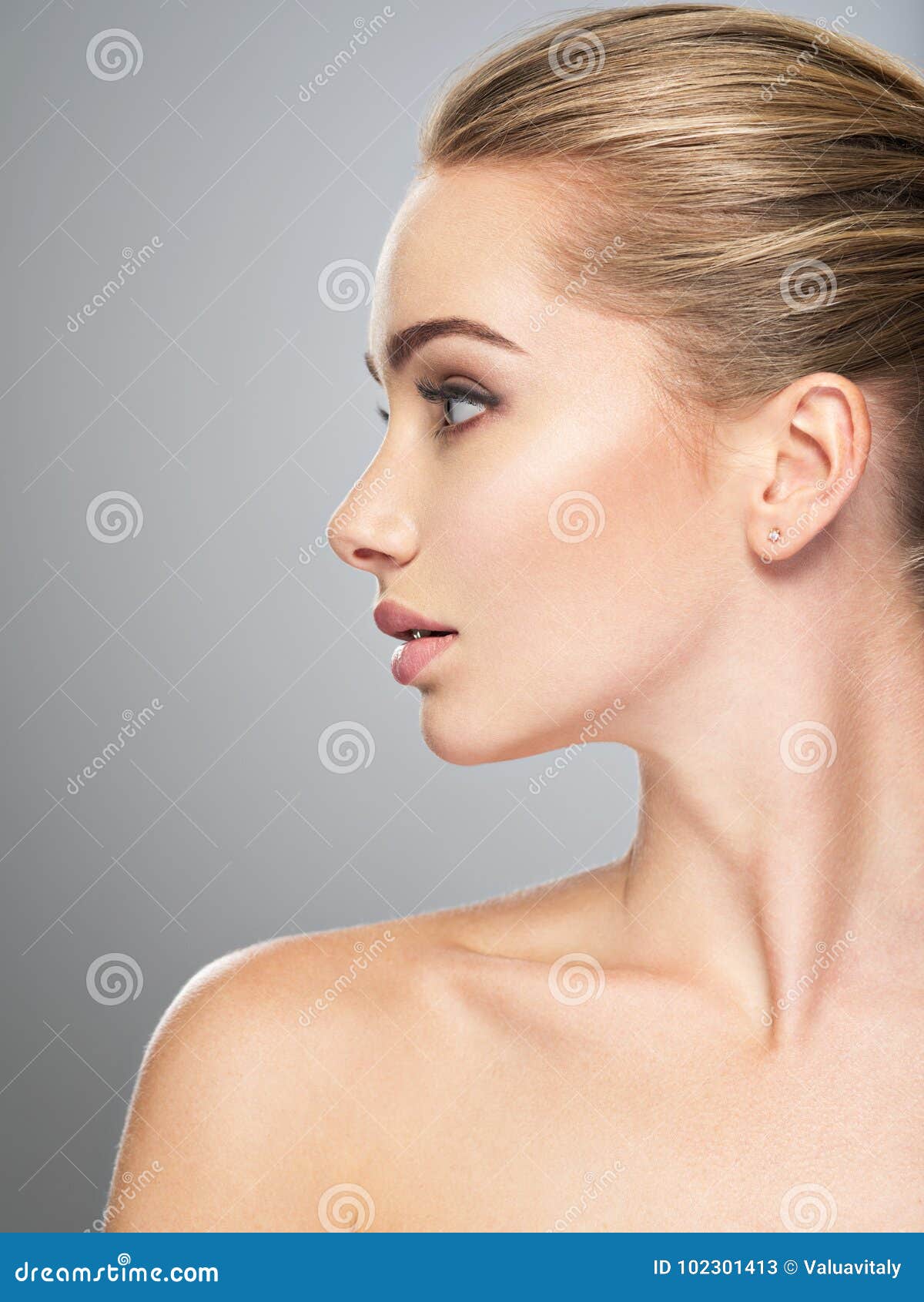We often find ourselves drawn to certain faces, perhaps without even knowing why. There is, so it's almost, a kind of natural pull towards faces that seem to have a pleasing arrangement, a visual harmony that just feels right. This feeling, this sense of things being in their proper spot, frequently connects to an idea called facial balance, a quality many people consider quite appealing.
The idea of a "face symmetry test" is that, something many people think about, often pops up when we talk about what makes a face appear balanced. It is a simple thought, really: if one side of a face is a perfect mirror of the other, does that make it more attractive? People have been wondering about this for a very, very long time, trying to figure out what visual elements truly capture our attention.
This idea of checking a face for its balance, or seeing how well one half matches the other, can be a bit more involved than just looking in a mirror. It means considering how all the various parts of a face, from the eyes to the mouth, line up and relate to each other. We are going to, in a way, explore what a face symmetry test truly looks at, and what it might tell us about how we see faces.
- Grace Charis Naked
- Does Jon Cryer Have A Son Thats An Actor
- Chadwick Aaron Boseman
- Antron Pippen Car Accident
- Parker Poseys Husband
Table of Contents
- What is Face Symmetry Anyway?
- How a Face Symmetry Test Works
- The Science Behind a Balanced Look
- Our Brains and the Face Symmetry Test
- Can We Really "Measure" Beauty?
- The Nuances of a Face Symmetry Test
- Beyond the Perfect Mirror Image
- What a Face Symmetry Test Might Miss
- Does Asymmetry Have Its Own Charm?
- Finding Uniqueness with a Face Symmetry Test
- How Do Digital Tools Approach Face Symmetry?
- The Digital Side of a Face Symmetry Test
- Practical Ways to Look at Your Face
- Simple Steps for a Personal Face Symmetry Test
- Thinking About Your Face's Unique Qualities
What is Face Symmetry Anyway?
When we talk about a face having symmetry, we are basically thinking about how much one side of a person's face looks like the other side. Imagine, you know, drawing a line straight down the middle of someone's face, from the forehead right down to the chin. If you were to fold the face along that line, a truly symmetrical face would have each feature on one side perfectly matching its counterpart on the other. This means the eyes would be the same size and at the same height, the nose would be centered, and the mouth would be even. It's a bit like seeing a reflection, but on the same person.
How a Face Symmetry Test Works
A face symmetry test, in its simplest form, involves examining these mirrored qualities. You might take a picture and, like, literally split it down the middle. Then, you would copy one half of the face and flip it over, placing it next to the original half to create a new, perfectly mirrored face. You do this for both the left and the right sides. This process helps us see just how different, or how similar, the two natural halves of a person's face truly are. It is, basically, a way to visualize the differences that are usually hard to spot with just a quick glance.
The Science Behind a Balanced Look
There is some thought that faces showing a good deal of balance are often seen as more pleasing to look at. This idea isn't just a random guess; there is, apparently, a bit of science behind it. Our brains seem to be wired to find patterns and order. When something is balanced, it feels orderly, which can be comforting and easy for our minds to process. This preference for order might stem from very old, deep parts of our human make-up, where balance might have signaled health or good genes. It is a rather interesting connection between what we see and what our minds naturally prefer.
- Anna Malygon Leaked Onlyfans
- Chiz Escudero Ex Wife Where Is She Now
- Indyanna Daigle
- Mandisa Glover
- Sissy Training
Our Brains and the Face Symmetry Test
When we look at someone, our brains are, you know, doing a quick, automatic face symmetry test without us even realizing it. They are quickly taking in all the information, processing the shapes and lines, and making a judgment about how everything fits together. If the features on one side of the face are more or less aligned with the features on the other, our brains tend to register this as harmonious. This quick assessment is not something we consciously control; it is just how our visual system works, seeking out patterns and arrangements that feel right. It is, arguably, a very basic part of how we interact with the faces around us every day.
Can We Really "Measure" Beauty?
Trying to measure something as personal as what we find pleasing in a face can be, well, a little tricky. While a face symmetry test can give us some numerical data about how well one side matches the other, it does not fully capture the whole picture of what makes a face appealing. Beauty, as they say, is often in the eye of the person looking. What one person finds charming, another might not notice as much. So, while we can certainly put numbers to how balanced a face is, those numbers do not tell the complete story of why we are drawn to certain individuals. It is, to be honest, a much more complex thing than just a simple measurement.
The Nuances of a Face Symmetry Test
A strict face symmetry test, which relies on perfect mirroring, might miss the subtle qualities that make a face truly unique and expressive. Think about it: a real face is not, actually, a perfectly engineered object where every curve and angle is precisely mirrored. There are natural variations, small differences that give a face character. If we were to, say, take a very precise measurement of a face, using methods that might feel a bit like trying to define a specific surface from a complex digital model, we might find that the "face retrieved" for analysis does not always contain a perfectly "valid reference" for absolute balance. It is more about the overall feel than a strict blueprint.
Beyond the Perfect Mirror Image
The human face is a dynamic thing, full of movement and expression. It is not a static picture. Even if a face had perfect balance when still, the way someone smiles, laughs, or shows emotion can make one side of their face move or look slightly different from the other. This natural, pretty much, movement means that perfect balance is often a fleeting idea, something that changes from moment to moment. We are, after all, living beings, not fixed statues. The subtle shifts and changes in our faces are part of what makes us who we are, adding a richness that a still, mirrored image cannot capture.
What a Face Symmetry Test Might Miss
When you perform a face symmetry test, especially one that digitally copies and flips parts of a face, you are essentially creating a new face that does not truly exist in nature. This new, perfectly balanced face might look a bit unnatural or even strange, because it lacks the small, individual differences that are common in every real face. It is like trying to "export a face from a solid" object in a digital program; you can get the basic shape, but you miss the living detail. The test, therefore, might overlook the very things that give a person their distinct look, those tiny quirks that make a face memorable. It is, essentially, a tool for analysis, not a full picture of a person's visual appeal.
Does Asymmetry Have Its Own Charm?
It is interesting to consider that some of the faces we find most captivating are not perfectly balanced at all. Think about the slight tilt of a smile, or one eyebrow that raises just a little higher than the other. These small differences, these bits of asymmetry, can actually add a lot of character and personality to a face. They make a face feel real, lived-in, and unique. It is, kind of, like how a piece of handmade pottery, with its slight imperfections, can feel more special than something mass-produced. These subtle variations tell a story, making a face more intriguing and less like a generic template.
Finding Uniqueness with a Face Symmetry Test
While a face symmetry test might highlight differences, it can also, in a way, help us appreciate these unique qualities. By seeing how one side of a face is not an exact duplicate of the other, we can start to notice the individual features that contribute to a person's distinct appearance. It is not about judging a face as "good" or "bad" based on its balance, but rather about understanding the subtle ways in which faces are formed. Sometimes, the slight "offset of the face" from perfect balance is what gives it its specific charm. It allows us to look at faces with a bit more curiosity, recognizing that variation is a natural part of human looks.
How Do Digital Tools Approach Face Symmetry?
In the digital space, there are tools that can perform a face symmetry test with a lot of precision. These programs can map out facial features, measure distances, and even create those mirrored images we talked about earlier. They can "place a mark on a planar face" of a digital representation, allowing for a very detailed examination of every curve and angle. This kind of technology can show us exactly where the differences lie, down to the millimeter. It is, truly, a fascinating way to break down a face into its measurable parts, giving us data that our eyes alone could never pick up.
The Digital Side of a Face Symmetry Test
When using digital tools for a face symmetry test, the approach is often very technical. It involves defining points and lines on a face, similar to how one might "move something (object, vertex, face, etc.)" in a design program. These tools can help identify areas where, for instance, one eye might be slightly higher than the other, or where the jawline might have a different curve on each side. The goal is to provide a very objective view of balance, showing where the face might "split along the curved face" into sections that are not perfectly matched. It is, basically, a precise way to get a factual report on the face's structure.
Practical Ways to Look at Your Face
If you are curious about your own face's balance, you do not necessarily need complex software for a face symmetry test. A simple mirror and a good light source can be a start. You can also take a picture of yourself, looking straight at the camera, and then draw a line down the middle. This allows you to really look at each side separately. It is a bit like, you know, trying to understand how a complex shape might be "grouped" or how different parts "belong to other elements." This simple act of observation can reveal a lot about your own unique facial characteristics. It is a fairly straightforward way to begin exploring.
Simple Steps for a Personal Face Symmetry Test
For a quick personal face symmetry test, you might try covering one half of your face with your hand while looking in a mirror, then switching to cover the other half. Notice how the remaining half looks. You can also take a picture and, using a simple photo editing app, try to mirror one side onto the other. This can show you, quite clearly, how your face appears when it is perfectly balanced based on one half. It is a simple way to "flip faces" and see the subtle differences that make your natural face uniquely yours. This kind of casual exploration can be quite insightful, giving you a better sense of your own features.
Thinking About Your Face's Unique Qualities
Ultimately, the idea of a face symmetry test is more about curiosity and understanding than it is about judging or changing anything. Every face tells a story, and the small differences between one side and the other are part of that narrative. Whether a face is nearly perfectly balanced or shows a good deal of delightful variation, each one holds its own kind of appeal. It is, sort of, about appreciating the real, lived-in quality of faces, rather than chasing an idea of perfect sameness. We all have features that define us, and recognizing those distinct parts is a way to celebrate our individual looks.
Related Resources:



Detail Author:
- Name : Prof. Tina Crooks
- Username : stephen46
- Email : hschneider@kuhn.info
- Birthdate : 1992-11-04
- Address : 79648 Walter Ways Schroederstad, NE 93456
- Phone : (925) 779-4466
- Company : Torp, Lubowitz and Wolff
- Job : Customer Service Representative
- Bio : Consectetur voluptatibus mollitia unde aut quo. Dolores sunt tempora dolor dolor in non adipisci. Libero quam quos ratione harum et sint. In laboriosam accusantium qui et.
Socials
instagram:
- url : https://instagram.com/hcollins
- username : hcollins
- bio : Molestiae et culpa quaerat et. Veniam optio cupiditate a ut. Modi officia et aspernatur suscipit.
- followers : 3758
- following : 605
facebook:
- url : https://facebook.com/heidicollins
- username : heidicollins
- bio : Est molestiae odio cumque dolor cumque aut. Minus ipsam dolores et quasi et.
- followers : 4936
- following : 273
twitter:
- url : https://twitter.com/collinsh
- username : collinsh
- bio : Maiores dolore omnis beatae voluptatum. Sit omnis et qui. Et incidunt ipsam iure sed.
- followers : 2959
- following : 1266
tiktok:
- url : https://tiktok.com/@hcollins
- username : hcollins
- bio : Voluptatibus ipsam cum ut rerum fuga optio aspernatur.
- followers : 5473
- following : 1088
linkedin:
- url : https://linkedin.com/in/collinsh
- username : collinsh
- bio : Quasi quaerat quis facere in.
- followers : 3456
- following : 933